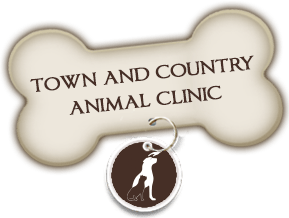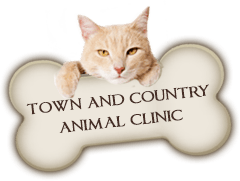In order to prevent and control fleas on your pet and in your home, it is necessary to understand the life cycle of the flea and what methods can be used to combat this parasite at each of its four life stages.
Four Stages in the Life of a Flea
Eggs: A single adult female flea may lay up to 300 eggs in her lifetime. These eggs are always laid on a host animal. When the eggs are laid on your pet they do not adhere it its fur but instead fall off into your house or yard. They are barely visible to the human eye, and will hatch into larvae within 1 to 10 days. Only some eggs will be picked up by vacuuming.
Larvae: Legless, worm-like flea larvae are very sensitive to heat and light and work their way into carpet fibres, grass or soil, mostly in undisturbed environments frequented by household pets. There they feed on organic debris. This feeding usually lasts for 5 to 11 days when the larvae begin to produce a silk-like cocoon. Larvae are not as readily picked up by vacuuming as are eggs.
Pupae: Once in the cocoon, the flea has entered the pupa stage. The cocoon can be found in the carpet, pet bedding, soil and vegetation. The sticky cocoon attracts debris which helps to conceal it. Because it is sticky, vacuuming has little effect. The pupae emerge from the cocoon in as little as 8 days, but can survive for up to 174 days!
Adults: Fleas are most visible at the adult stage. Adult fleas are reddish brown to dark brown in colour, and range in size from about a speck of pepper to a small grain of rice. The female flea feeds off the blood of the host animal for 24 to 36 hours and then begins laying up to 40 eggs per day. Approximately 300 eggs in her lifetime! However, fleas can live in the environment for an extended period of time without a blood meal and are generally found on the animal only when feeding (approximately 10% of the total time).
Because fleas spend very little time on the animal, it is likely that if you see even one flea, there are more (possibly MANY more) on your pet and in your home.
Flea Treatment & Prevention
There are four basic ways to treat your pet for fleas.
Oral Tablets
- Trifexis (Dogs Only): New this year – A chewable tablet given once a month to prevent the heartworm disease, kill fleas and prevent intestinal parasite infections. This product will start killing fleas within 30 minutes
- Comfortis (Dogs Only): this product kills fleas fast and prevents flea infestations for a full month. It is a beef flavoured, chewable tablet and is available by prescription only.
- Sentinel (Dogs Only): A once-a-month flavoured tablet. Does not kill fleas but impedes the development of flea eggs so they cannot hatch thereby preventing fleas from reproducing. Also prevents heartworm and kills roundworms, hookworms and whipworms.
“Spot” Skin Applications
- Advantage (Dogs and Cats): Once a month application. Kills fleas, and protects against their recurrence for one month.
- Advantage Multi (Dogs and Cats): Once a month application. Kills fleas and also protects against worms (roundworms, hookworms and whipworms), mange, ear mites and heartworm.
- K9 Advantix (Dogs Only): Once a month application. Protects against fleas and ticks.
- Revolution (Dogs and Cats): Once a month application. Protects against fleas, ticks, roundworms, mange, ear mites and heartworm.
Shampoo
Ecto-Soothe flea shampoo kills fleas on contact and also removes flea dirt making it easier t tell whether or not the fleas are returning.
Collars
Unlike traditional flea collars which emit an insecticide, Vet-Kem’s Ovicollar sends off a flea hormone (ovicide) which kills flea eggs and renders adult fleas sterile.
In Your House and Car
Sprays: Siphitrol is an area spray that kills both adult fleas and pre-adult fleas and is used as a spot spray (ex: baseboards, pet’s sleeping area and other problem areas). Don’t forget that the interior of the family car should also receive this same treatment.
You should always consult your veterinarian before beginning flea treatment on your pet. Some products should not be used on young, nursing, pregnant or ill animals. Always carefully follow the directions regarding the correct dosage in relation to your pet’s weight. And NEVER treat your cat with a flea product that is intended for dogs only!






